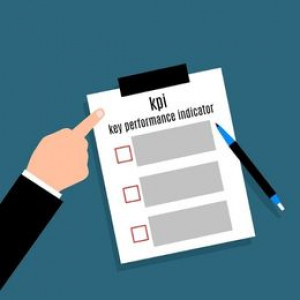
Performance measurement is a fundamental part of management, and one of the best ways to measure it is through key performance indicators (KPIs). Often, these performance measures are used to measure the success of an organization or specific activity. The following are some of the most common KPIs. Let’s take a look at some of them:. How Do You Determine Your KPIs? Read on to learn more. If you don’t know what a KPI is, it’s a good idea to get familiar with the concept.
A key performance indicator (KPI) is an objective that measures a company’s performance against a set of criteria. It should be measurable and achievable, be related to the business strategy, and be time-bound. It should also be easily understood by everyone involved in the process. The best KPIs are those that are relevant and easily communicated. Fortunately, there are several different kinds of KPIs and their use is not limited to the business world.
The first step in creating a KPI is to choose a metric that accurately measures your organization’s performance. Then, you need to determine which metrics will be most valuable to your business. Once you have selected a metric, you must make sure it has an agreed-upon definition. This will ensure that you can measure it consistently, and make adjustments to it if necessary. Keep in mind that KPIs can be difficult to understand for different people, so it is important to have a clear understanding of them.
Lastly, a KPI must be connected to a business objective. Without an objective, a KPI is worthless. A business goal needs an accompanying business objective. It needs a clear purpose in order to be of any use. Otherwise, it’s just a number on a screen. This is where understanding the different types of KPIs comes in handy. Once you’ve chosen a key performance indicator, you can set goals and monitor your progress.
A KPI can be qualitative or quantitative. While quantitative KPIs are more easily measured, qualitative ones can’t. For example, a survey can measure customer satisfaction by asking customers to rate their experience on a scale of one to ten. Similarly, a qualitative indicator might measure the effectiveness of an individual piece of equipment. The latter type is often more difficult to evaluate because it’s based on qualitative criteria, such as how well it works with a particular brand.
Another example of a KPI is a revenue goal. For example, a revenue goal might be: “grow revenue by 20% this year.” This is not a meaningful KPI unless it is a realistic goal. A goal that’s too vague will not inspire employees and will not be measurable. Then, a KPI is a measurement of a metric. If it can’t be measured, it is not a KPI.
